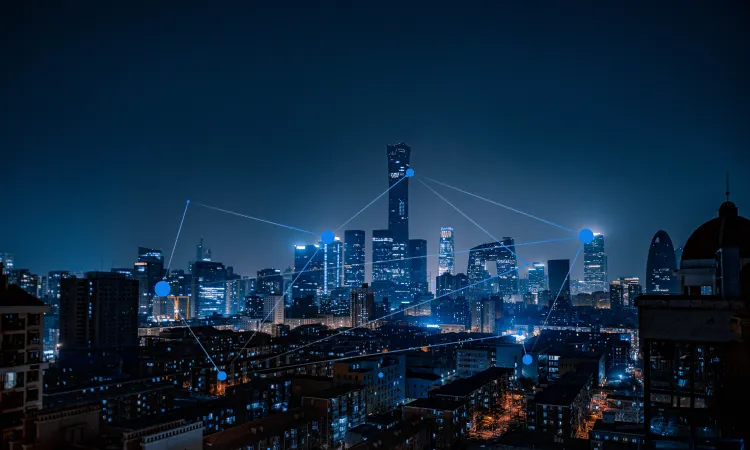IoT Street Lighting
The Role of IoT in Enhancing Street Lighting for Smart Urban Development
In the complex matrix of urban management, the interplay between environmental preservation, energy efficiency, and economic stability is intricate. A predominant driver of adverse environmental and economic outcomes is the inefficient utilization of natural resources, exacerbated by escalating consumption patterns. This inefficiency has precipitated a notable increase in energy costs, spotlighting energy efficiency not merely as an abstract concept but as an indispensable facet of urban sustainability. 1

